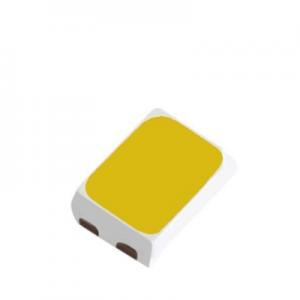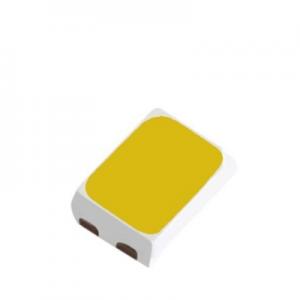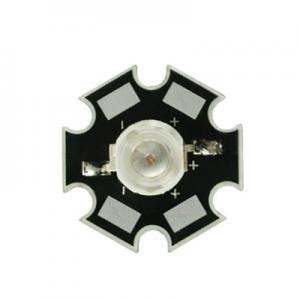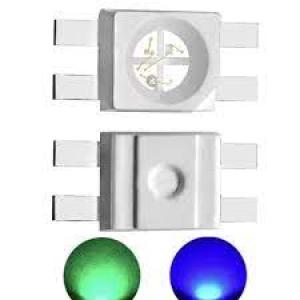smd led polarity marking
- Category: 2016 SMD LED
- Brand:ARKTECH
- delivery date: 7 to 9 working days
- payment method: We offer payment options such as Paypal, TT (Telegraphic Transfer), or LC (Letter of Credit)
- Our team offers all-round technical support, including designing according to your requirements, selecting the best solutions based on cost and reliability, principle and LAY-OUT design, customizing s
| Product name | smd led polarity marking |
| Keyword | cree smd led chip,t5 smd led,3528 smd led strip connector usb,smd led board,3630lm 5730 smd led board,plcc-2 3528 smd led,1010 smd led |
| Place of Origin | China |
| Brand | ARKTECH |
| Current | 115MA |
| Power | 1.9W |
| Voltage | 1.2V |
| Raw material | Copper bracket/ pure gold wire |
| Quantity | 2800pcs/reel |
| Dimensions | 3.9mm*4.5mm*1.2mm, (Contact us for specific information to confirm) |
| Applicable Industries | Electronics industry, etc. |
| Color | yellow |
| Weight | 19mg |
| Product Description | SMD 5050 LED 1.5W RGB chip,3v smd led,SMD 5730 LED Blue 0.5W chip,SMD LED 7020 Red Color 0.5W-It is a new surface packaging technology that encapsulates LED chips in tiny weldable packaging films and performs surface spot welding on the PCB substrate, thus improving the reliability and production efficiency of LEDs. Compared with traditional LED packaging, SMD LED has the advantages of small size, large light-emitting area, high power, low packaging height, and multiple color temperatures, and can greatly reduce costs through automated production processes. |
| delivery date | Our standard delivery time is 7 to 9 working days. |
| payment method | We offer payment options such as Paypal, TT (Telegraphic Transfer), or LC (Letter of Credit). |
| Life span | 52389 + hours (Contact us for specific information to confirm) |
| warranty | We provide a warranty period of 2 years |
| Advantage | We keep good quality and competitive price to ensure our customers benefit |
| Packing | 12x11.32x14.4mm(Contact us for specific information to confirm) |
| Sales country | All over the world for example:Saint Pierre and Miquelon,Virgin Islands,Italy,Togo,Norfolk Island,Saint Helena |
| MOQ | 8 reel(Contact us for specific information to confirm) |
| customization services | We welcome customization requests for our products |
| production capacity | We have the capacity to produce 86kk pieces of LEDs per month. |
Segment led display, Custom LED display, Through hole LED, High power LED(Please contact us for specific information about Segment led display)
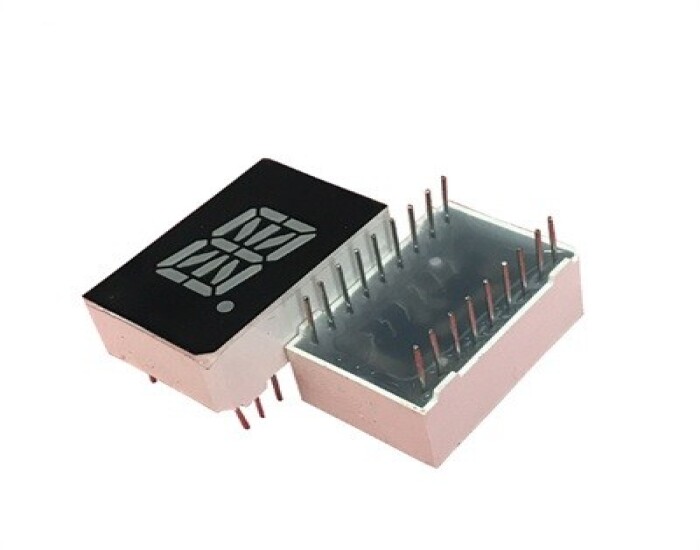
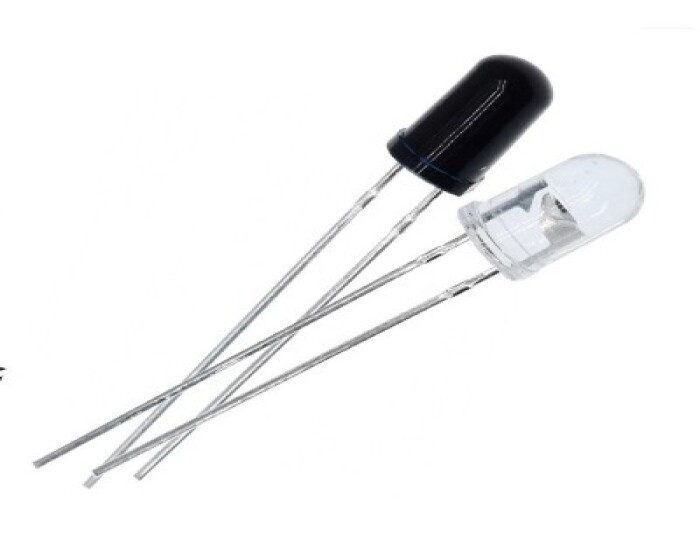
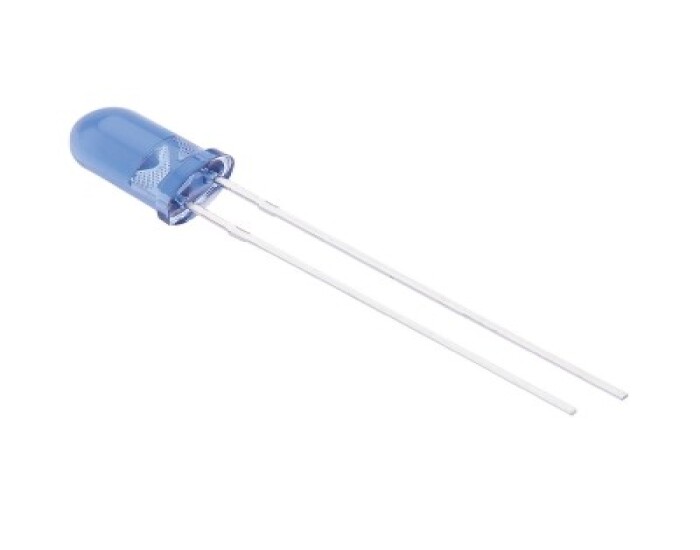
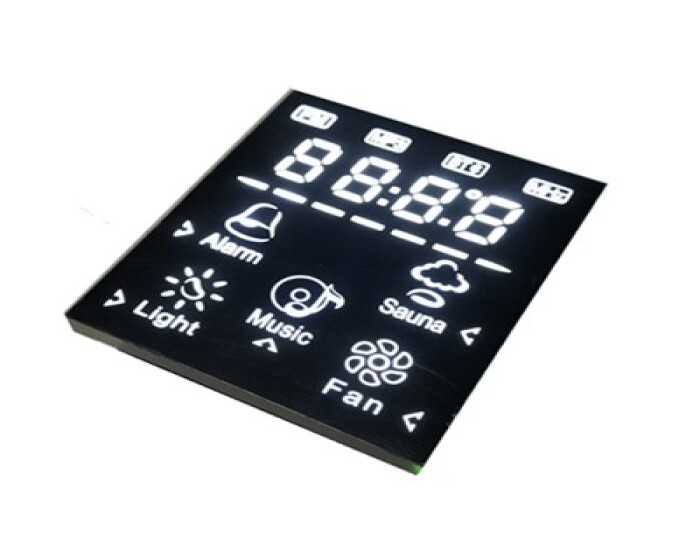
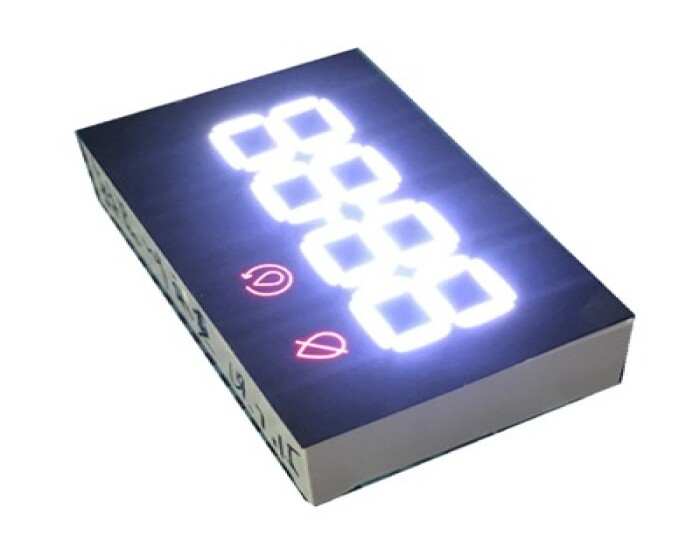
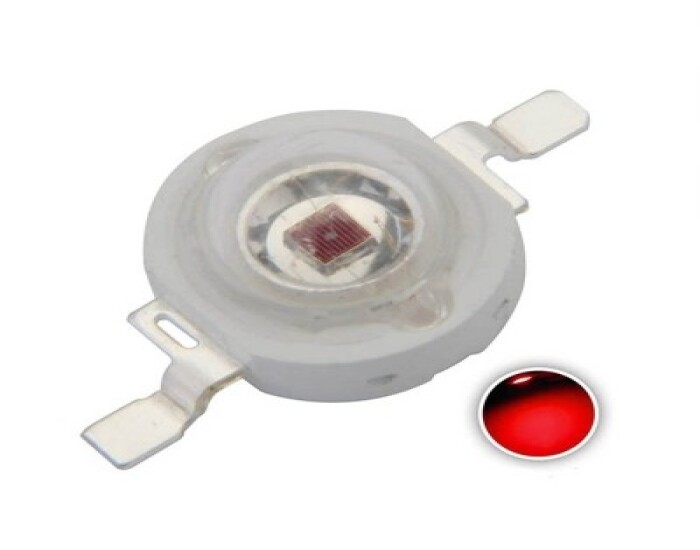
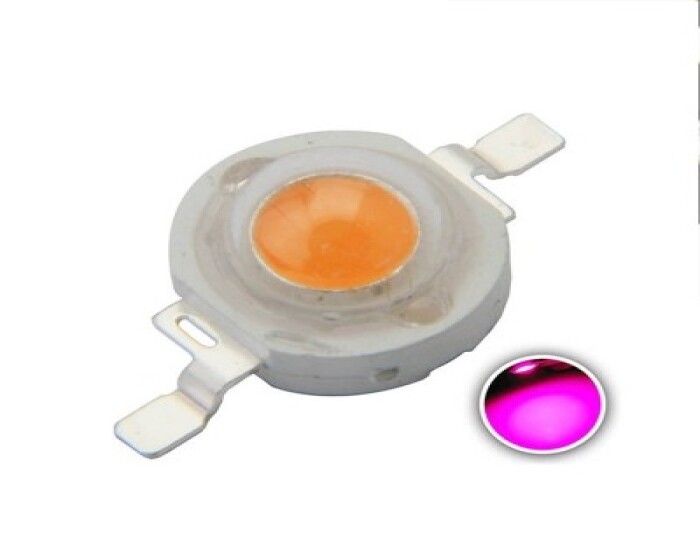
smd led polarity marking services FAQs Guide
Are you looking for a quick review guide about smd led polarity markingservices?
An ultimate FAQ buying guide is available to help you.This guide contains all the information about all the important facts, figures, and various processes regarding smd led polarity marking services.
Let’s continue!
2.What are the main applications of smd led polarity marking?
3.Are there any environmental considerations when using smd led polarity marking?
4.How does the operating temperature of smd led polarity marking affect its performance?
5.Can smd led polarity marking be used in low voltage applications?
6.Can smd led polarity marking lights be used for outdoor lighting?
7.Can smd led polarity marking be used for signage or display lighting?
8.What is the difference between smd led polarity marking and COB LED?
9.Are there any regulations or certifications for smd led polarity marking?
10.About smd led polarity marking production equipment
11.How does the size of an smd led polarity marking affect its brightness?
12.What is the installation process for smd led polarity marking?
13.What are the advantages of using smd led polarity marking lights?
1.Are there any size limitations for smd led polarity marking?
We focus on teamwork and communication to achieve common goals, We attach great importance to this detail.
There are no specific size limitations for SMD LED, as they can be manufactured in various sizes and shapes to suit different applications. However, the smaller the size of the LED, the more challenging it is to manufacture and handle, which can affect its performance and reliability. Generally, SMD LEDs range from 0.2mm to 5mm in size.
2.What are the main applications of smd led polarity marking?
We are centered on customers and always pay attention to customers' needs for smd led polarity marking products.
1. Consumer Electronics: SMD LEDs are widely used in consumer electronics such as smartphones, laptops, TVs, and other electronic devices for backlighting, indicator lights, and display screens.
2. Automotive Lighting: SMD LEDs are used in automotive lighting for headlights, taillights, turn signals, and interior lighting due to their small size, energy efficiency, and long lifespan.
3. Signage and Displays: SMD LEDs are commonly used in signage and displays for their bright and vibrant colors, making them ideal for advertising and information displays.
4. General Lighting: SMD LEDs are increasingly being used in general lighting applications such as residential and commercial lighting due to their energy efficiency, long lifespan, and ability to produce a wide range of colors.
5. Medical Equipment: SMD LEDs are used in medical equipment for their small size, low heat emission, and ability to produce specific wavelengths of light for medical procedures and treatments.
6. Industrial Applications: SMD LEDs are used in various industrial applications such as machine vision, inspection, and process control due to their small size, low power consumption, and high brightness.
7. Entertainment and Stage Lighting: SMD LEDs are commonly used in entertainment and stage lighting for their ability to produce a wide range of colors and their compact size, making them ideal for creating dynamic lighting effects.
3.Are there any environmental considerations when using smd led polarity marking?
We maintain a certain amount of R&D investment every year and continuously improve operational efficiency to provide better services to our cooperative customers.
Yes, there are several environmental considerations when using SMD LED:
1. Energy Efficiency: SMD LED lights are highly energy-efficient, consuming less electricity compared to traditional incandescent or fluorescent lights. This reduces the overall energy consumption and helps in reducing carbon emissions.
2. Toxic Materials: Some SMD LED lights contain toxic materials such as lead, mercury, and arsenic, which can be harmful to the environment if not disposed of properly. It is important to recycle these lights properly to prevent these toxic materials from entering the environment.
3. E-waste: SMD LED lights are electronic devices and can contribute to the growing problem of e-waste. It is important to dispose of them properly to prevent them from ending up in landfills and polluting the environment.
4. Light Pollution: SMD LED lights can contribute to light pollution, which can disrupt the natural cycles of plants and animals and affect their behavior. It is important to use SMD LED lights responsibly and avoid unnecessary lighting to reduce light pollution.
5. Manufacturing Process: The manufacturing process of SMD LED lights can also have an impact on the environment. It requires a significant amount of energy and resources, and the disposal of waste materials can also be a concern. Choosing SMD LED lights from manufacturers with sustainable and environmentally friendly practices can help reduce the environmental impact.
6. End-of-life Disposal: When SMD LED lights reach the end of their lifespan, they need to be disposed of properly. If not recycled or disposed of correctly, they can release toxic materials into the environment. It is important to follow proper disposal guidelines and recycle SMD LED lights to reduce their environmental impact.
4.How does the operating temperature of smd led polarity marking affect its performance?
We are a professional smd led polarity marking company dedicated to providing high quality products and services.
The operating temperature of SMD LED can affect its performance in several ways:
1. Light output: SMD LED's light output decreases as the temperature increases. This is because the heat generated by the LED can affect the efficiency of the phosphor coating, which is responsible for converting blue light into other colors.
2. Color accuracy: The color accuracy of SMD LED can also be affected by temperature. As the temperature increases, the color temperature of the LED can shift, resulting in a change in the perceived color of the light.
3. Lifespan: High operating temperatures can significantly reduce the lifespan of SMD LED. This is because the heat can cause degradation of the LED's components, such as the phosphor coating and the semiconductor material, leading to a decrease in the LED's overall performance and lifespan.
4. Efficiency: The efficiency of SMD LED can also be affected by temperature. As the temperature increases, the LED's efficiency decreases, resulting in a higher energy consumption and lower light output.
5. Reliability: High operating temperatures can also affect the reliability of SMD LED. The heat can cause thermal stress on the LED's components, leading to potential failures and malfunctions.
Overall, the operating temperature of SMD LED plays a crucial role in its performance and lifespan. It is essential to keep the LED within its recommended operating temperature range to ensure optimal performance and longevity.
5.Can smd led polarity marking be used in low voltage applications?
We have a wide range of smd led polarity marking customer groups and establishes long -term cooperative relationships with partners. The countries we provide services include Saint Pierre and Miquelon,Virgin Islands,Italy,Togo,Norfolk Island,Saint Helena.
Yes, SMD (Surface Mount Device) LED can be used in low voltage applications. In fact, SMD LED is commonly used in low voltage applications such as in electronic devices, automotive lighting, and decorative lighting. SMD LED typically operates at a voltage range of 2-3.6V, making it suitable for low voltage applications. Additionally, SMD LED has a compact size and low power consumption, making it ideal for use in low voltage circuits.
6.Can smd led polarity marking lights be used for outdoor lighting?
We pay attention to the introduction and training of talents, scientifically regulate the management system, and focus on cultural construction and team cohesion.
Yes, SMD LED lights can be used for outdoor lighting. They are commonly used for outdoor lighting applications such as landscape lighting, security lighting, and pathway lighting. SMD LED lights are durable, energy-efficient, and have a long lifespan, making them a popular choice for outdoor lighting. However, it is important to make sure that the SMD LED lights are specifically designed for outdoor use and have the appropriate IP rating to withstand exposure to the elements.
7.Can smd led polarity marking be used for signage or display lighting?
We have flexible production capacity. Whether you are large orders or small orders, you can produce and release goods in a timely manner to meet customer needs.
Yes, SMD (Surface Mount Device) LED can be used for signage and display lighting. SMD LED is a type of LED that is mounted directly onto a circuit board, making it smaller and more compact than traditional through-hole LEDs. This makes it a popular choice for applications where space is limited, such as signage and display lighting.
SMD LED also offers a wide range of color options, high brightness, and energy efficiency, making it suitable for creating eye-catching and vibrant displays. Additionally, SMD LED can be easily controlled and programmed to create dynamic lighting effects, making it a versatile choice for signage and display lighting.
8.What is the difference between smd led polarity marking and COB LED?
We have rich industry experience and professional knowledge, and have strong competitiveness in the market.
SMD LED (Surface Mount Device LED) and COB LED (Chip on Board LED) are two different types of LED technology used in lighting applications. The main differences between them are:
1. Design: SMD LEDs are small, individual LED chips mounted on a circuit board, while COB LEDs consist of multiple LED chips bonded directly to a substrate, creating a single module.
2. Size: SMD LEDs are smaller in size compared to COB LEDs, making them suitable for compact and slim lighting designs.
3. Light output: COB LEDs have a higher light output compared to SMD LEDs due to their larger size and higher number of LED chips.
4. Heat dissipation: COB LEDs have better heat dissipation capabilities compared to SMD LEDs, as the multiple LED chips are spread out over a larger surface area.
5. Color consistency: COB LEDs have better color consistency compared to SMD LEDs, as the multiple LED chips are closely packed together, resulting in a more uniform color output.
6. Cost: SMD LEDs are generally less expensive compared to COB LEDs, making them a more cost-effective option for lighting applications.
In summary, SMD LEDs are smaller, more affordable, and suitable for compact designs, while COB LEDs have a higher light output, better heat dissipation, and color consistency. The choice between the two will depend on the specific lighting needs and budget of the application.
9.Are there any regulations or certifications for smd led polarity marking?
We continue to invest in research and development and continue to launch innovative products.
Yes, there are several regulations and certifications for SMD LED (Surface Mount Device Light Emitting Diode) products. These include:
1. RoHS (Restriction of Hazardous Substances) Directive: This regulation restricts the use of certain hazardous substances in electrical and electronic equipment, including SMD LED products.
2. CE (Conformité Européenne) Marking: This is a mandatory conformity marking for products sold in the European Economic Area (EEA) and indicates that the product meets all applicable EU directives, including those related to safety, health, and environmental protection.
3. UL (Underwriters Laboratories) Certification: UL is a global safety certification company that tests and certifies products for compliance with safety standards. SMD LED products can be UL certified to ensure their safety and quality.
4. Energy Star Certification: This is a voluntary program run by the U.S. Environmental Protection Agency (EPA) that certifies energy-efficient products, including SMD LED lighting products.
5. ISO (International Organization for Standardization) Standards: ISO has developed several standards related to LED lighting, including ISO 9001 (quality management), ISO 14001 (environmental management), and ISO 50001 (energy management).
6. Ingress Protection (IP) Rating: This is a standard that rates the level of protection provided by a product against solid objects and liquids. SMD LED products may have an IP rating to indicate their resistance to dust and water.
7. LM-80 and TM-21 Standards: These are industry standards for measuring the lumen maintenance and projected lifetime of LED products, respectively.
It is important to note that not all SMD LED products may have all of these certifications or comply with all regulations. It is recommended to check the product specifications and certifications before purchasing to ensure compliance with relevant standards.
10.About smd led polarity marking production equipment
Our factory comprises three production departments, housing a total of 12 production lines. We have equipped these lines with over 120 automatic machines from renowned brands such as ASM and Kaijo.
11.How does the size of an smd led polarity marking affect its brightness?
We pay attention to employee development and benefits, and provide a good working environment in order to improve the efficiency of employees and improve the quality management of smd led polarity marking products.
The size of an SMD LED can affect its brightness in several ways:
1. Surface area: Generally, larger SMD LEDs have a larger surface area, which allows for more light to be emitted. This can result in a brighter LED.
2. Power consumption: Larger SMD LEDs may require more power to operate, which can result in a brighter output.
3. Heat dissipation: Larger SMD LEDs may generate more heat, which can affect their brightness. If the heat is not dissipated properly, it can cause the LED to dim or even fail.
4. LED chip size: The size of the LED chip within the SMD LED can also affect its brightness. A larger chip can produce more light, resulting in a brighter LED.
Overall, the size of an SMD LED can have a significant impact on its brightness, but it is not the only factor. Other factors such as the quality of the LED chip, the materials used, and the design of the LED package can also affect its brightness.
12.What is the installation process for smd led polarity marking?
Our mission is to provide customers with the best solutions for smd led polarity marking.
1. Gather Materials: Before starting the installation process, make sure you have all the necessary materials including the SMD LED lights, power supply, soldering iron, solder, wire strippers, and heat shrink tubing.
2. Plan the Layout: Decide on the placement of the SMD LED lights and plan the wiring layout accordingly. Make sure to measure the distance between each light and the power supply to determine the length of wire needed.
3. Prepare the Surface: Clean the surface where the SMD LED lights will be installed to ensure a strong and secure bond. If the surface is rough, use sandpaper to smooth it out.
4. Solder the Wires: Strip the ends of the wires and solder them to the positive and negative terminals of the SMD LED lights. Make sure to match the polarity of the wires to the correct terminals on the lights.
5. Connect the Lights: Once all the wires are soldered, connect them to the power supply. The positive wire should be connected to the positive terminal and the negative wire to the negative terminal.
6. Secure the Wires: Use heat shrink tubing to cover the soldered connections and secure them in place. This will prevent any short circuits and ensure a clean and professional look.
7. Test the Lights: Before permanently installing the lights, test them to make sure they are working properly. If there are any issues, double check the connections and fix any problems before proceeding.
8. Install the Lights: Once the lights are tested and working, use adhesive tape or glue to secure them in place. Make sure to follow the manufacturer's instructions for the best adhesive to use for your specific surface.
9. Connect to Power: Plug the power supply into a wall outlet and turn on the lights to make sure they are working correctly.
10. Clean Up: Once the installation is complete, clean up any excess wires and materials. Enjoy your newly installed SMD LED lights!
13.What are the advantages of using smd led polarity marking lights?
We focus on our customers' needs and strive to meet their expectations, so we take this very seriously.
1. Compact Size: SMD LEDs are smaller in size compared to traditional LEDs, making them ideal for use in compact electronic devices and applications.
2. Energy Efficiency: SMD LEDs are highly energy-efficient, consuming less power and producing more light output compared to traditional LEDs.
3. Brightness: SMD LEDs are brighter than traditional LEDs, making them suitable for use in applications where high brightness is required.
4. Durability: SMD LEDs are more durable and have a longer lifespan compared to traditional LEDs, making them a cost-effective option in the long run.
5. Versatility: SMD LEDs come in a variety of sizes, shapes, and colors, making them suitable for a wide range of applications, including lighting, displays, and indicators.
6. Heat Dissipation: SMD LEDs have a better heat dissipation system, which helps to keep the temperature of the LED low, resulting in better performance and longer lifespan.
INQUIRY
CATEGORIES
LATEST NEWS
CONTACT US
Name: Ms.Wendy
Mobile:0086-15861679389
Tel:0086-81725657
Whatsapp:0086 17386542651
Email:info@arktechcn.com
Add:8# HengDa CaiFu Center, JinKai Industrial Area, Wuci City, Jiang Su, China


